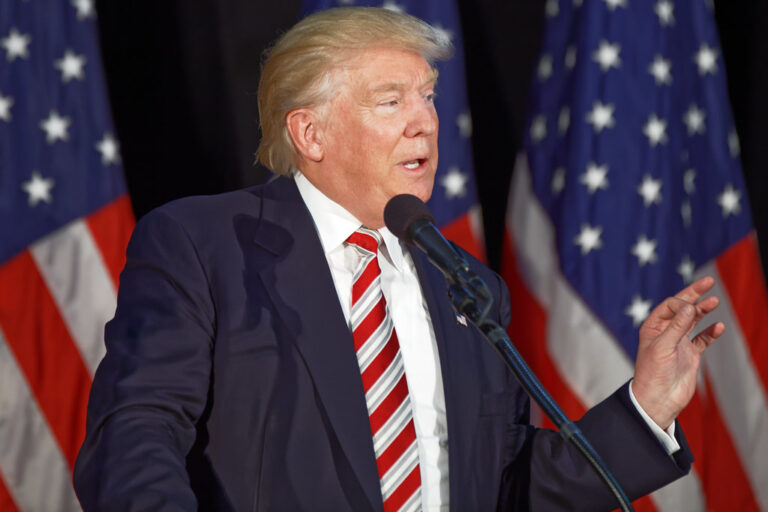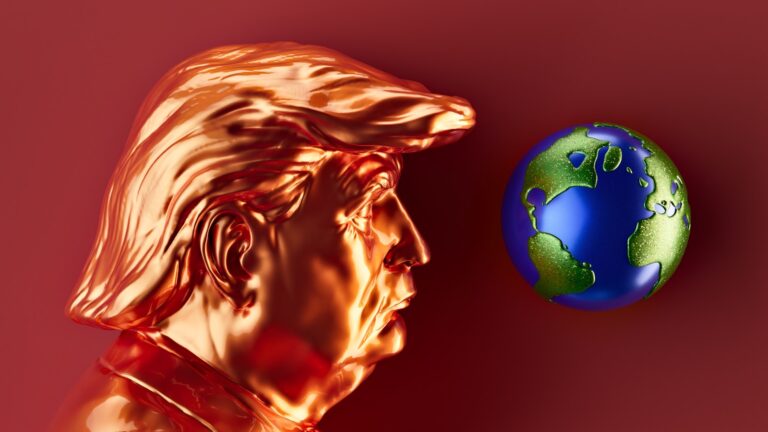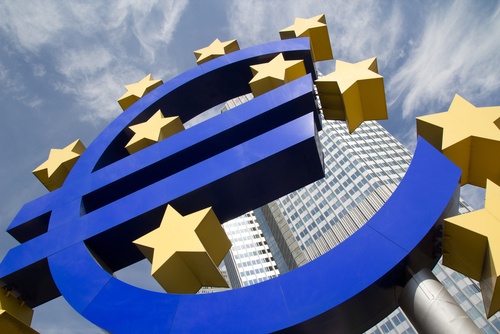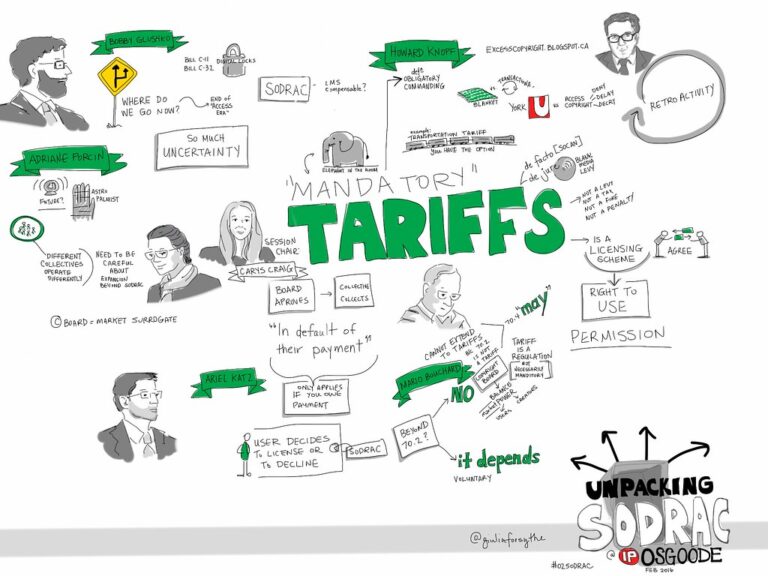Key Takeaways:
- Senate Republicans are deeply divided over Trump’s bill.
- The House passed the bill by just one vote.
- Senators plan to rewrite the bill but are far from agreement.
- The debate could stretch into July.
- Moderates and conservatives are battling over the details.
Senate Republicans Divided Over Trump’s Bill
The Senate is gearing up for a major fight over President Trump’s “big, beautiful bill,” which barely passed in the House last week. Now, the real challenge is in the Senate, where Republicans are sharply divided. Some senators want to make big changes, while others are pushing for a different approach altogether.
The bill, which the House approved by just one vote, has caused tension among GOP senators. While some support Trump’s plan, others are demanding changes to make it more appealing.
A Long and Tough Battle Ahead
GOP senators say they’re weeks away from even agreeing on a revised version of the bill. They need 51 votes to pass it, but finding common ground won’t be easy.
One Republican senator said, “We’re nowhere near 51 votes. There’s still a lot of work to do.” Meanwhile, conservative senators are insisting on stricter measures, while moderates are calling for protections for certain groups.
The More Changes, The Harder It Gets
As senators try to rewrite the bill, things could get even more complicated. Each change they make has the potential to upset someone.
For example, moderates are worried that cutting programs could hurt vulnerable people. Conservatives, on the other hand, argue that the bill needs to be bolder to win their support.
This back-and-forth is likely to delay any final decision. Senators admit they’re not close to a deal and expect the debate to drag on into July.
What Happens Next?
The fight over the bill is far from over. Senators are preparing for a lengthy battle, with key issues still unresolved.
Moving forward, the Senate will need to balance competing demands. Lawmakers have a tough road ahead, and it’s unclear whether they’ll find a solution that everyone can agree on.
The Bottom Line
The Senate is in for a long and contentious debate over Trump’s bill. With moderates and conservatives at odds, it’s anyone’s guess whether Republicans can come together to pass it.
One thing is certain: the next few weeks will be crucial. Stay tuned as this story continues to unfold.










